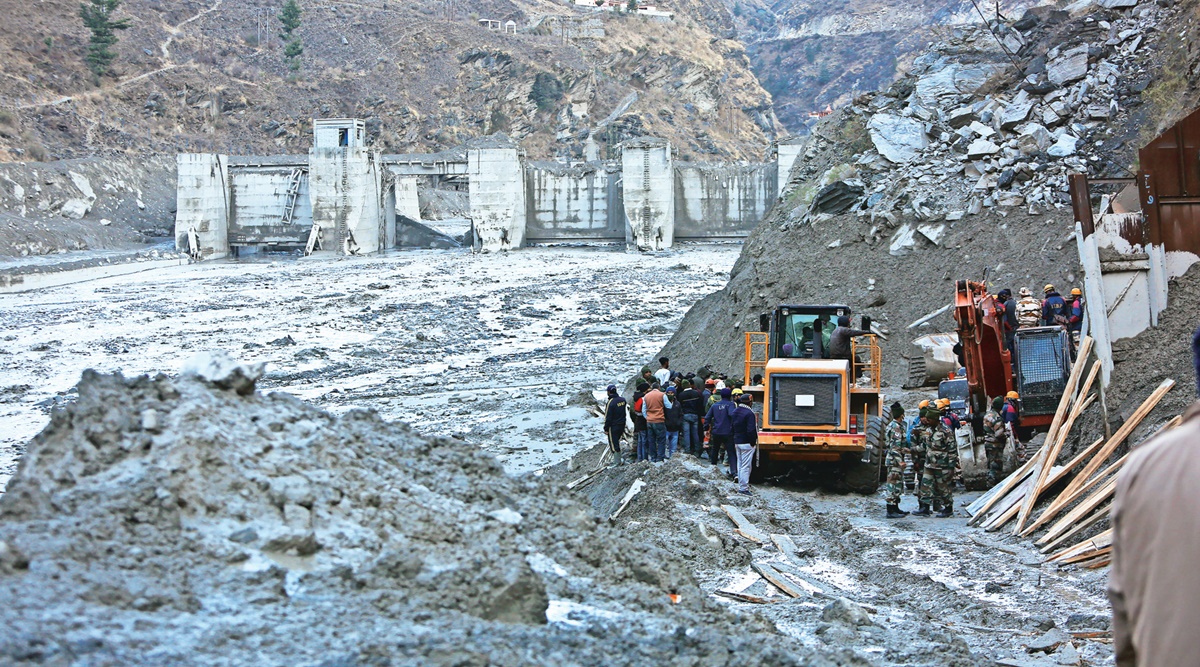
Debris and silt washed away after Uttarakhand flash flood increased turbidity in the Ganges River, which affected water treatment at two Delhi Jal Board (DJB) plants on Sunday and affected supplies to parts of the city.
DJB and AAP MLA Vice President Raghav Chadha said on Twitter that turbidity had risen to “unprecedented levels” of 8,000 NTU. According to officials, the normal seasonal concentration is less than 100 NTU.
“In the wake of the Uttarakhand disaster, turbidity in the raw water drawn by Delhi from the Upper Ganges Canal has increased to unprecedented levels. As a result, Delhi Jal Board’s Sonia Vihar and Bhagirathi water treatment plants are currently operating at reduced capacity. The water supply in parts of the south, east and northeast of Delhi is likely to be affected, ”said Chadha.
Turbidity is a measure of the relative clarity of a liquid and is measured in Nephelometric Turbidity Units (NTU). Debris, silt and mud in the water are among the reasons for the high turbidity.
DJB officials said they expected a deterioration in water quality and that it was due to the strong flow of water in the river after the flood.
“Turbidity levels have increased a week after the disaster. We expected it before as it is a natural process and cannot be stopped. As an interim measure, we are adding coagulants to the water to help treat it, but we hope that tonight the water quality will return to normal, ”said a senior DJB official.
Coagulants are substances that cause particles in the fluid to clump together and form clots that can then leak out.
The two treatment plants were affected around 1 a.m. Sunday and water production capacity had to be reduced to 20% at the Sonia Vihar plant and 90% at Bhagirathi, authorities said.
By afternoon, turbidity levels had dropped to around 6,000 NTU and the Board had dispatched personnel to Muradnagar in Uttar Pradesh, where the Upper Ganges canal begins, to sample the water quality of the river there.
Officials explained that DJB can treat around 1,000 NTU of turbidity in raw water and reduce it to 1 NTU, as it is the acceptable limit in drinking water.
High turbidity is often observed around the monsoon and the Ganges channel closes every year after seasonal rains to clean up sediment at the bottom, authorities said. Water supplies are expected to return to normal in all areas on Monday if water quality improves Sunday night, authorities added.
.